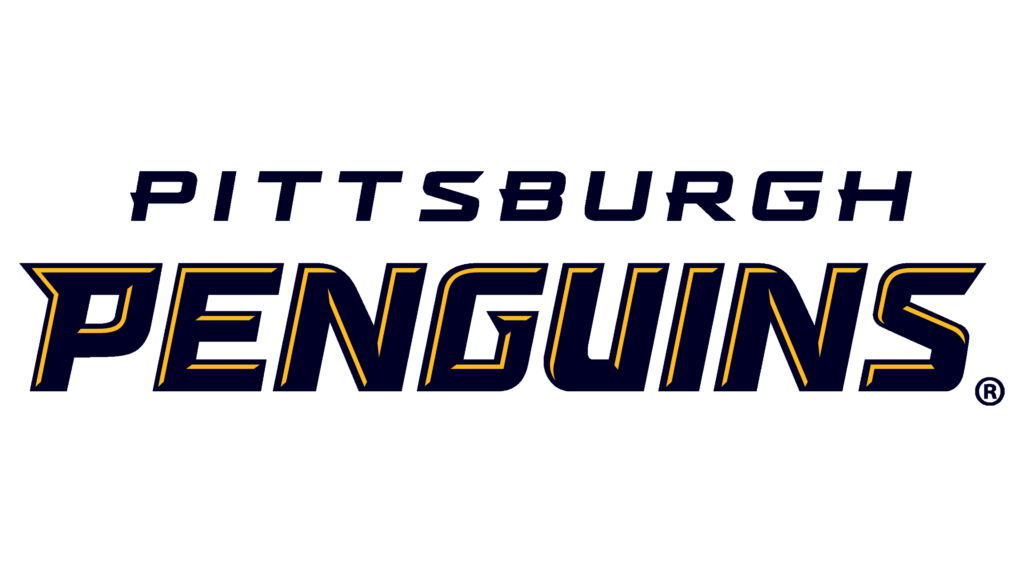For the role that Pittsburgh played in the development and popularization of this sport in the US, it has earned the right to be called a hockey city. Here, in 1897, the first amateur team appeared and the first artificial ice appeared, which for a long time had no analogs in any skating rink in North America. Pittsburgh is considered by many historians to be the birthplace of professional sports. The Pittsburgh Penguins played a no less important role in such an amazing history of hockey.
Meaning and History
The team exists since 1967 as it was founded during the well-known expansion. Pittsburgh won the Stanley Cup only a little more than twenty years later. Since then, it has won five Stanley Cups. The name was inspired by the nickname of the Civic Arena, the Big Igloo. The name Penguins was more than appropriate and created a double “P”, which could be played off in different ways. Its logo is also closely related to the city of Pittsburgh as it has the iconic triangular downtown location as its base.
What is Pittsburgh Penguins?
NHL is proud to state that the Pittsburgh Penguins club is one of its very successful franchisees. It is recognized for its Hall of Fame players, mainly Mario Lemieux. Along with Jaromir Jagr, Sidney Crosby, and Evgeni Malkin, Lemieux also got the team the Hart Memorial Trophy.
1967 – 1968
The yellow triangle here is not a random element. It is meant to stand for the intersection of the Allegheny, Monongahela, and Ohio rivers located in Pittsburgh, frequently called the “Golden Triangle”. Against its background is a black and white Penguin that is drawn to resemble a character playing hockey. The emblem has a white ring with “Pittsburgh Penguins” printed in dark blue serve as the framing.
1968 – 1972
The new logo looks bolder and not only because the framing was now wider and done in a dark blue while the name was printed in contrasting white. The penguin figure was redrawn to have wide shoulders and a determined, strong appearance. The updated penguin figure without a scarf became a better representation of athletic hockey players.
1972 – 1992
The blue color in the uniform was not doing the team any good. Thus, they made black and yellow their new colors. The logo was also updated to stay consistent. The team did not come with anything and simply used a familiar inverted triangle emblem without a round framing.
1992 – 1999
This logo version, designed by Vance Wright Adams and Associates, is very different from the logos the team used before and after. Nonetheless, it looks recognizable thanks to the yellow triangle. The penguin character, though, only has the upper body shown in the logo. In addition, it looks very realistic instead of being depicted as a cartoon character. This gave the team a more serious look.
1999 – 2002
The team made a minor modification to the logo in 1999. It merely changed the yellow to a lighter shade to create more contrast and make the emblem look brighter.
2002 – 2016
For almost fifteen years, the familiar yellow was replaced by a beige (Vegas Gold). The emblem, though, was very recognizable as it featured an inverted triangle emblem the team has already used for many years.
2016 – Today
The logo hasn’t been altered much since 1967, with an exception of a scarf on the first emblem. Actually, the logo looks almost exactly the same as the 1972 version, featuring only a darker, richer yellow and slightly thinner outline around the triangle.
Font and Color
Although for the first few years, the team had blue besides black, white, and golden (yellow) as its colors, only truly loyal fans will remember the blue logos. It was gone from their visual identity as the city did not really relate to it. For most of its history, its emblems did not have any inscription. The first two logos, though, had the name printed in bold, sans-serif typefaces.









